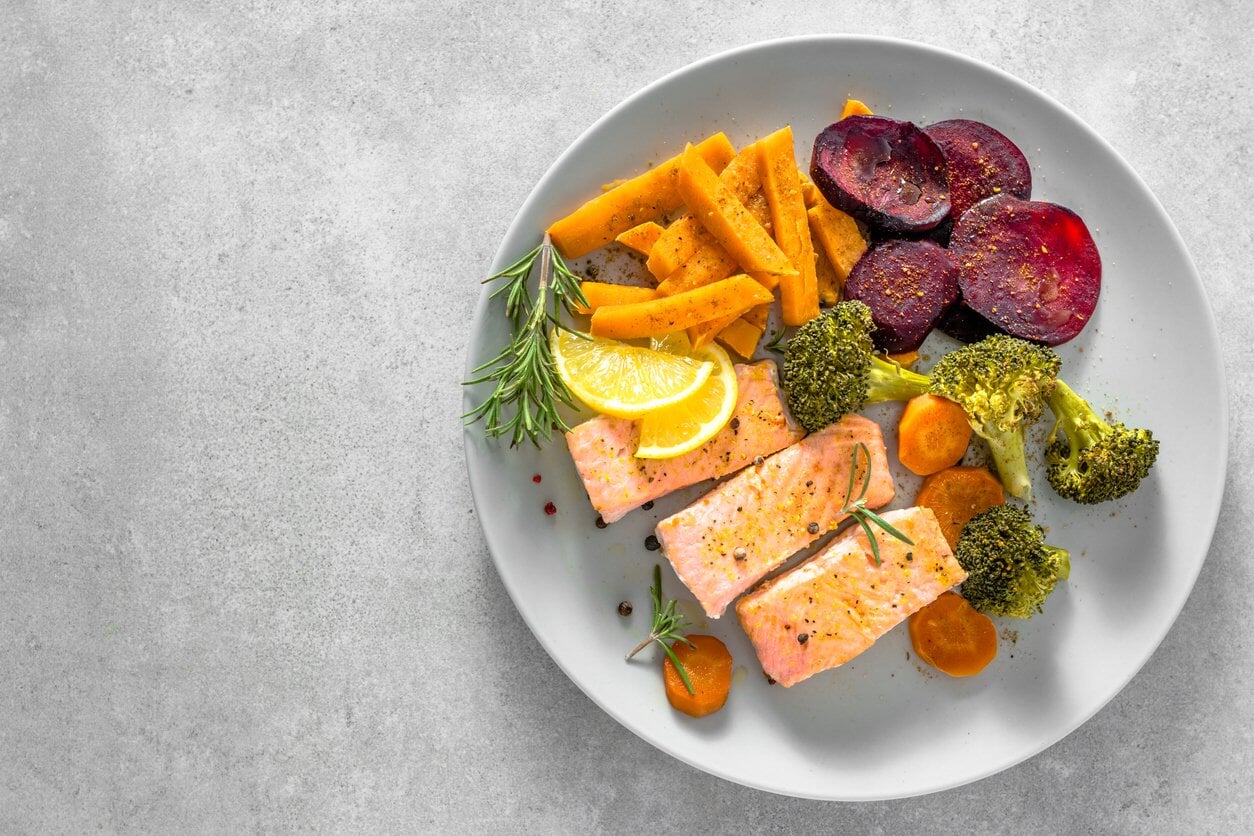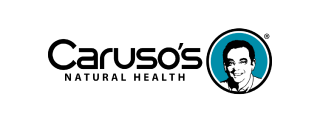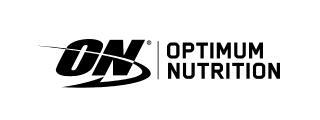
- Health advice
- May 18, 2014
The Paleo diet takes its name from our Paleolithic ancestors, who ate mainly protein, vegetables, fruits and nuts. This diet may help those who suffer from chronic diseases such as diabetes, heart problems, arthritis, and immune system disorders.
Health Benefits of the Paleo diet
- Reduces inflammation
- Helps prevent insulin resistance
- Reduces food allergies
- Heart healthy
- Boosts the immune system
- Increases metabolism
What exactly is the Paleo Diet?
This diet was made popular by Gastroenterologist Walter L. Voegtlin who used it to help patients with gastrointestinal issues. In 1975 he published a booked called "Stone Age Diet: Based on In-Depth Studies of Human Ecology and the Diet of Man". The book is based on what our ancestors could gather by hunting and foraging and outlines what later became known as the Paleo Diet. A typical Paleo Diet breaks down to 40% protein, 50% vegetable/fruit and 10% fats. Using this diet, Dr. Voegtlin was able to help those with Colitis, Crohn's disease, Irritable Bowel Syndrome and even Indigestion. Permitted foods include: meat, fish, eggs, vegetables, fruit, nuts, roots, spices and mushrooms. Excluded Foods: refined sugar and flour, grains, beans, dairy, salt and refined vegetable oils. The exclusion of refined carbohydrates such as sugar, soy, wheat and corn can help your body reduce inflammation. This is especially true for those who have arthritis, food allergies, gastrointestinal issues and autoimmune disorders. Reducing carbohydrates is also beneficial for diabetics as it can help regulate blood sugar levels.
Making the change to a paleo diet
It helps to change your diet slowly, that way you can see the effects that the changes have on your body and you are more inclined to ‘stick’ with the diet. Start by decreasing your consumption of sugar and white flour. Two weeks to one month later eliminate dairy. Then wait again to decrease grains. While you are decreasing foods begin to increase protein, vegetables, nuts and seeds.
How much protein do you really need?
The amount of protein that you need is determined by your lean body mass. Typically you need one gram of protein per
kilogram of lean body mass. To determine your lean body mass you need to know your body fat percentage. For example if your body fat is 30% then your lean body mass would be 70%. Deduct 30% of your total body weight. For a free Body Composition Analysis which includes lean body mass see here Many people shy away from this diet, due to its inclusion of meat, possibly for ethical reasons. Choosing meat and eggs that are free range, grass fed, treated humanely and are chemical free makes it an easier choice. Choose organic or pesticide free fruits and vegetables as well - better for you and the environment! Don't forget you can always 'Ask a naturopath' if the Paleo Diet is right for you.
Related Articles
Propolis: Immune Support from New Zealand's bees
Recently Viewed
- ${ variant.price | currencyFromCents } | ${ variant.title } ${ variant.price | currency } | ${ variant.title }
















